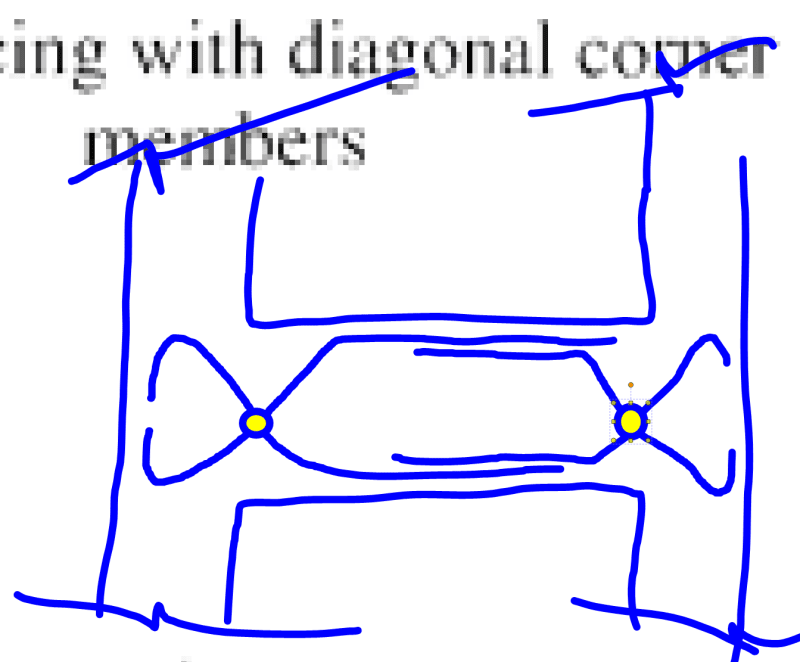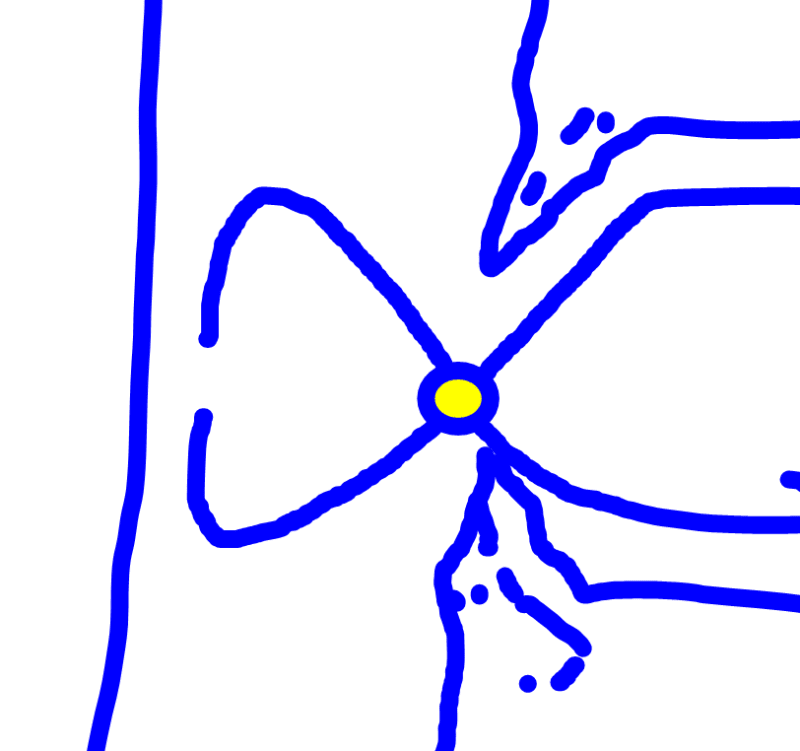I agree completely with the underlying point - it's impossible to include everything in a lateral model and, at some point, you use rational judgement to exclude things.
As a prime example, modelling a steel gravity frame alongside a concrete frame
Even if the steel frame is fully fixed I doubt it will take meaningful load as a sway frame, and even less so one we account for the likely reality of slender posts (e.g. square sections) and the inherent slop at a 'nominally pinned' connection
I'm not claiming that my idea of a pinned connection is a unique stroke of genius to me - simply proposing that, if it were my design in my locality, I would probably just use some steel beams

The point of disagreement as I see it is really whether it is a valid assumption to call the extra bay of columns/beams on the lower two storeys 'gravity only'
The code exclusion that was snipped in has a requirement that the 'gravity' system must be no more than 15% of the stiffness of the rest of the structure
One way to settle this would be to model it with/without those members and see how the deflection changes
This would establish whether it falls within that code clause, it seems
Regardless though, my approach is that using a monolithic concrete frame (maintaining same beam and column sizes) in this instance is not a good call - code clauses are only words on paper and rational judgement says that the beam will try to take moment and there will be unsatisfactory damage/differing building response from that assumed in the analysis
It would not be code compliant here even if the structure was proven to be stable without that beam in my opinion
Your suggestion of stepping down to a smaller beam is a good one (presumably smaller column too) in which case it could likely be done monolithically and the joint easily designed for the much lower shear demands that the smaller beam will impose
The small beam/column will likely be so much more flexible that, in my opinion, it would be reasonable to design that as a gravity system and check it against the demands from imposed drift only
In this case it would be super easy to just chuck the smaller section sizes into the model anyway and show that it takes no load


